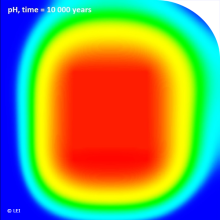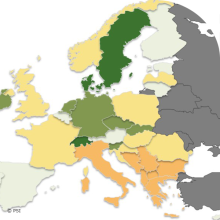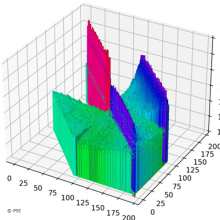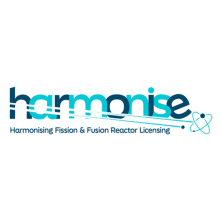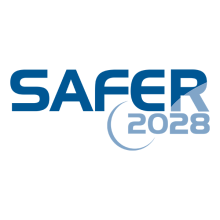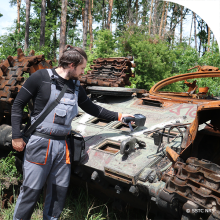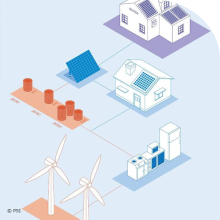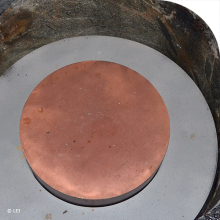News from ETSON and its members*
EURAD activities cover high priority common interests of different actors involved in safe radioactive waste management. One of the EURAD work packages, WP2 ACED, is devoted to Assessment of Chemical Evolution of ILW and HLW Disposal Cells.
The increasing risk of extended electricity supply disruptions and severe electricity price fluctuations strongly motivate an evaluation of electricity supply resilience. In this direction, this research proposes a multicriteria decision support framework to assess resilience at a country level, based on three major dimensions: Resist, Restabilize and Recover. In total, 35 European countries are ranked according to their performance on 17 indicators, through a synergy of MCDA methods, techniques and communication protocols. The assessment framework has been extended to incorporate the Choquet Integral method, in order to accommodate potentially interacting pairs of criteria and negate their arbitrary effects on the final evaluation results. The analysis incorporates country data from credible international databases, as well as the preference information of a European energy expert. The results are envisaged to support energy policymakers in Europe and provide guidelines and areas for improvement at a country level.
On 15 April 2023, the last nuclear power plants in Germany will be shut down. This will mark the end of the history of electricity production from nuclear power after more than 60 years: in June 1961, the Kahl experimental nuclear power plant fed electricity generated by nuclear energy into the West German grid for the first time; five years later, the Rheinsberg nuclear power plant was the first commercially used nuclear power plant in the GDR. The six decades of nuclear power use were initially marked by euphoria, then increasingly by scepticism and rejection. This article, however, focuses less on social or political aspects than on (safety) technical aspects.
During the last decades, computing power has been subject to tremendous progress due to the shrinking of transistor size as predicted by Moore’s law. However, as we approach the physical limits of this scaling, alternative techniques have to be deployed to increase computing performance. In this regard, the next big advance is envisioned to be the usage of approximate computing hardware based on field-programmable gate arrays and/or digital-analogue in-memory circuits. Such approximate computing can provide disproportional gain (x1000) in energy efficiency and/or execution time for acceptable loss of simulation accuracy.
HARMONISE project partners will have clustering activities with high-level Key Stakeholders, with the aim of mutual benefits.
The objectives of the research programme are to ensure that the authorities have sufficient expertise available in different situations, to develop nuclear safety competences and to perform high-quality scientific research.
The full-scale invasion of the russian federation troops into the territory of Ukraine caused many political, economic, social troubles and problems. In addition to the destroyed infrastructure and huge mined areas, Ukraine also faced a radiation threat. In addition to the more than 1 year ZNPP occupation, the territory of the exclusion zone and the zone of unconditional (obligatory) resettlement was captured for a month, looted and mutilated.
In view of the renewed interest and initiatives in nuclear energy in numerous countries in Europe and around the world, the members of the European Technical Safety Organisations Network (ETSON) – a grouping of 17 EU TSOs and their associated members in Japan, Ukraine, and the United Kingdom – have started a network-wide reflection on its future strategy.
The current energy debate could do with more facts and less gut feeling – argue Thomas J. Schmidt, renewables expert and head of the PSI Energy and Environment Research Division, and Andreas Pautz, nuclear energy specialist and head of the PSI Nuclear Energy and Safety Research Division. In this joint interview, they set out the challenges that science needs to address in connection with the Swiss government’s Energy Strategy 2050 and why nuclear energy and renewables experts must work closely together.
Lithuanian Energy Institute contributes to the analysis of temperature influence on clay-based material behaviour
Pagination
Stay informed - subscribe to our newsletter.
Copyright · All rights reserved












